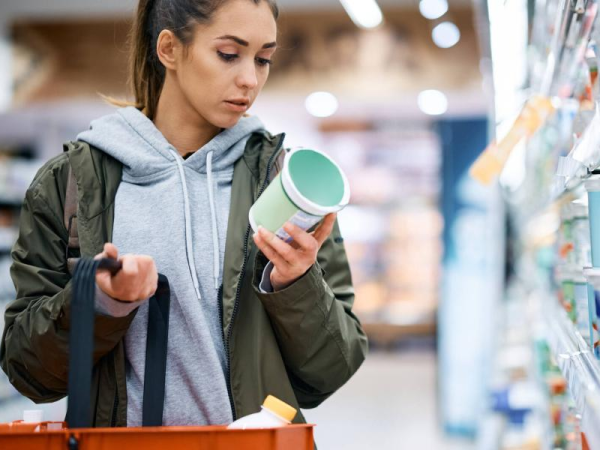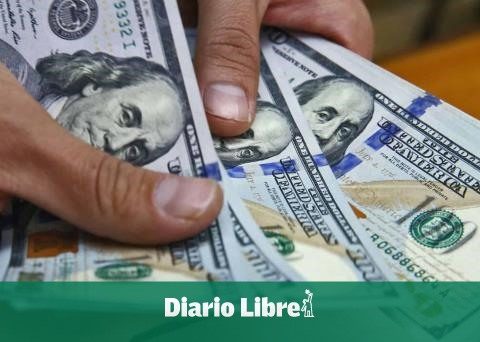He November 1, 2023 The law that imposes taxes on ultra-processed and unhealthy foods sold in the country came into force.
It is a measure of the National government whose objective is discourage the consumption of foods that, in the long run, may cause health problems for the final buyers.
And it is that products like the sugary drinks, carbonated beverages and ultra-processed food productssuch as canned foods, as well as those with high sodium or saturated fat content, have an additional tax, which is assumed by the producer or importer, but that is reflected in the final price for the consumer.
(Can read: Days without VAT: the three proposals that Petro made for the return of these days).
Healthy tax
Sergio Acero Yate / Portfolio
This tax is generated at the time the producer delivers the product to the distribution plant or when it is imported and arrives in the country. For this year, This tax represents 15% of the final product’s sales price and for next year, it will be 20%..
How is the consumer affected?
According to Radar, although the tax must be paid by producers or importers, the final price for the consumer will be increased, because “The food industry has faced various cost overruns in recent years (shortages and price increases of inputs, salaries, public services, front-of-package labeling law, among others)“.
(Further: Objection to the return of the ‘Days without VAT’ sparked mixed opinions).
This makes the tax rate healthy may not be fully assumed by producers, impacting the final price and, therefore, the consumer’s pocket..

Healthy tax
iStock
According to him Raddar Gastrometry Reportat the end of 2023, a slowdown in inflation began to be observed, both in food for the home and in the basket of healthy taxes; something that stopped with the entry into force of the rule.
(Besides: Transporters continue to see rising costs; what has increased the most?).
It is worth mentioning that this year the increase in the price of sugary drinks due to the health tax law is 28 pesos for products that have between six and 10 grams of sugar per 100 milliliters, while for those that have more than 10 grams of sugar per 100 milliliters, this increase will be 55 pesos.
The law also establishes that the increases for 2025 will be set at 38 pesos and 65 pesos, respectively..

Healthy tax
iStock
How does this reflect in the pockets of Colombians? According to the Gastometry report, by June 2024, Colombians spent 4.4 billion pesos on products considered by law as unhealthy. This, according to the same study, It is equivalent to 5.2% of household spending in the sixth month of the year, as well as 13.2% of household spending on food..
To cite an example, in the case of the soft drinks and maltswith the tax, its weight in food spending reached 3.2% for middle-income householdsFor low-income households, this is 2.9% and for high-income households, it is 2.7%, according to the Raddar report.
BRIEFCASE


















